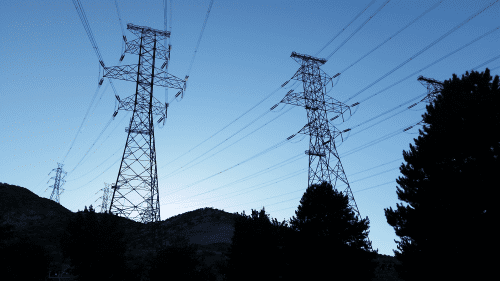Report Examines Putting Power Lines in Transportation Corridors

A 41-page report issued by the Federal Energy Regulatory Commission outlines both the barriers and opportunities for establishing high voltage transmission lines in the nation’s transportation corridors.
FERC’s report – mandated by the Further Consolidated Appropriations Act signed into law on December 20, 2019 – examined the reliability and resilience benefits, permitting barriers, and any barriers in state or federal policy or markets for establishing high voltage transmission lines across the country to improve the nation’s energy grid.
That study found constructing high voltage transmission lines – defined as alternating current lines greater than or equal to 345 kilovolts (kV) and direct current (lines greater than or equal to 100 kV) – in railroad and highway rights-of-way could “improve reliability” by allowing energy utilities to share generating resources, enhance the stability of the existing transmission system, assist with restoration and recovery after an event, and improve frequency response and ancillary services throughout the existing system.
However, FERC’s report noted that, specific to the nation’s transportation corridors, several federal and state actions are needed to create opportunities for energy infrastructure development, including the construction of high voltage transmission lines – and future development in existing transportation corridors may be restricted by routing limitations, including state and local prohibitions and restrictions, as well as safety and technical considerations.


